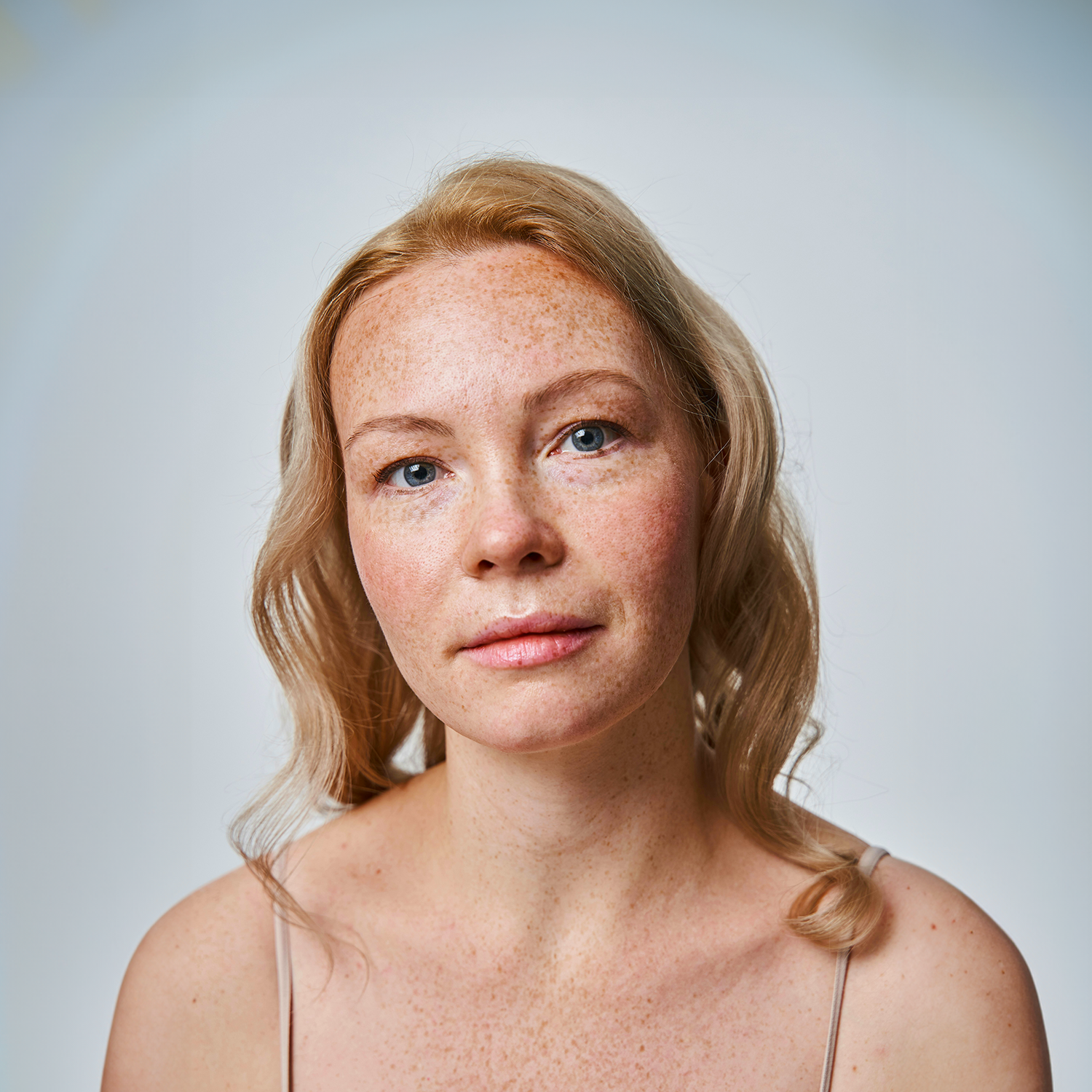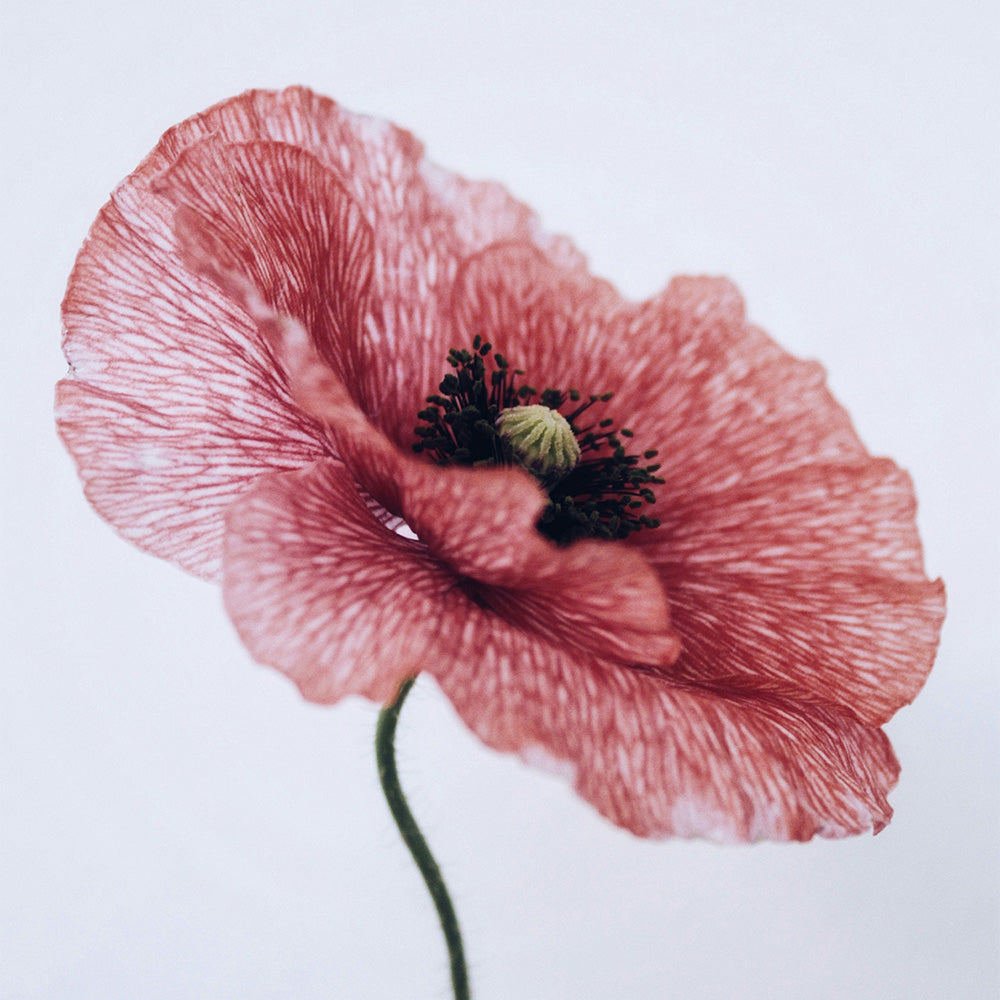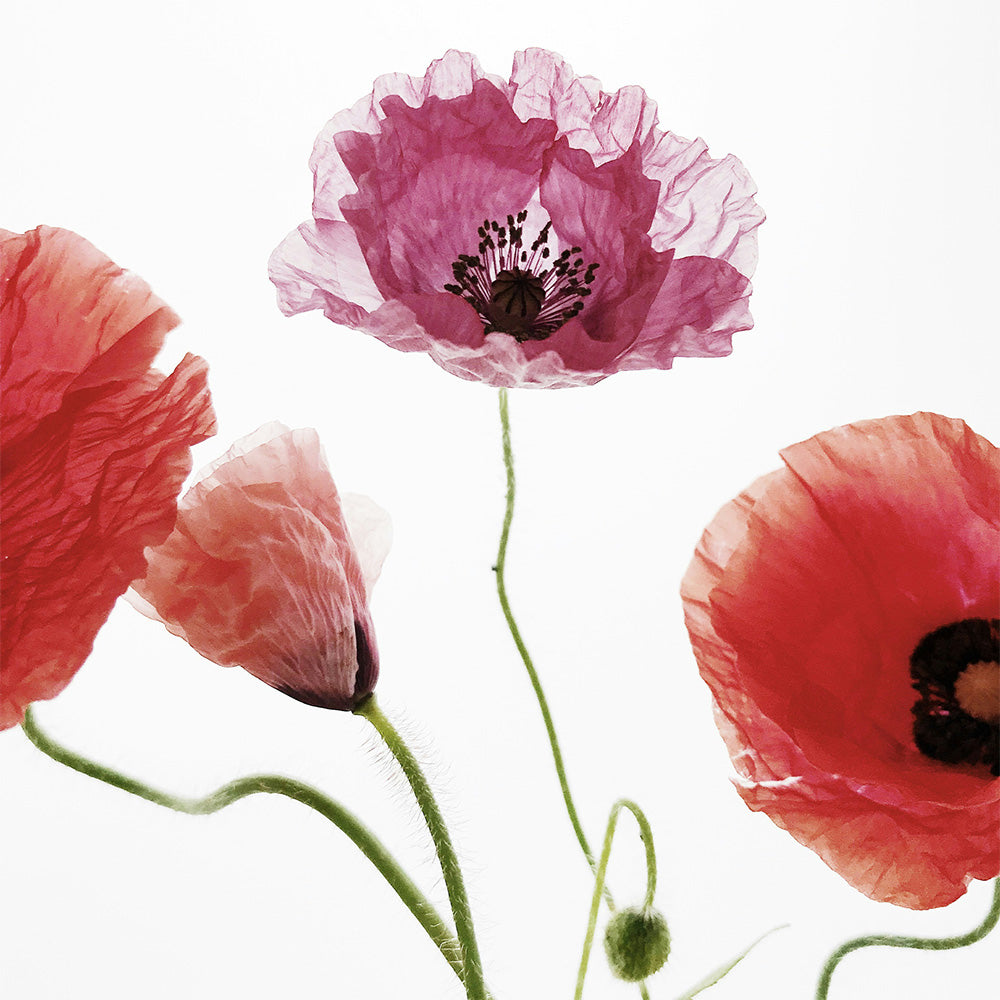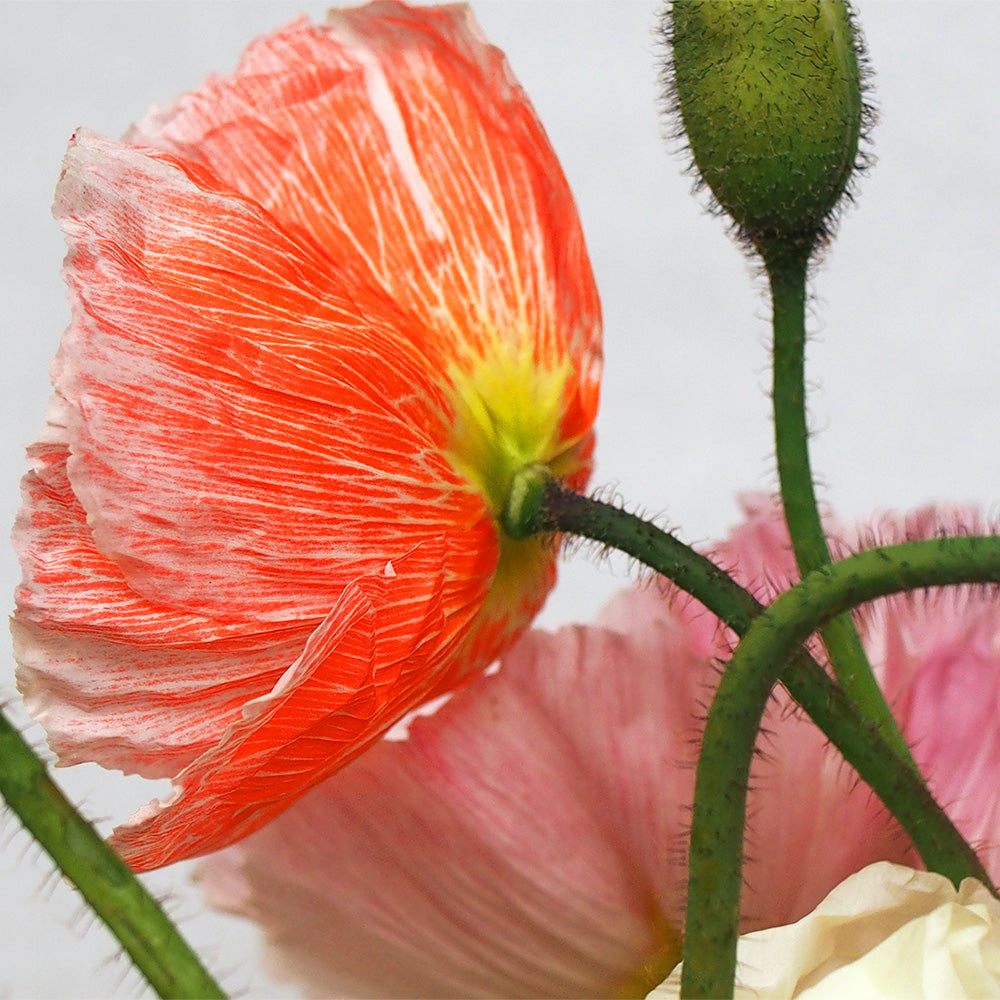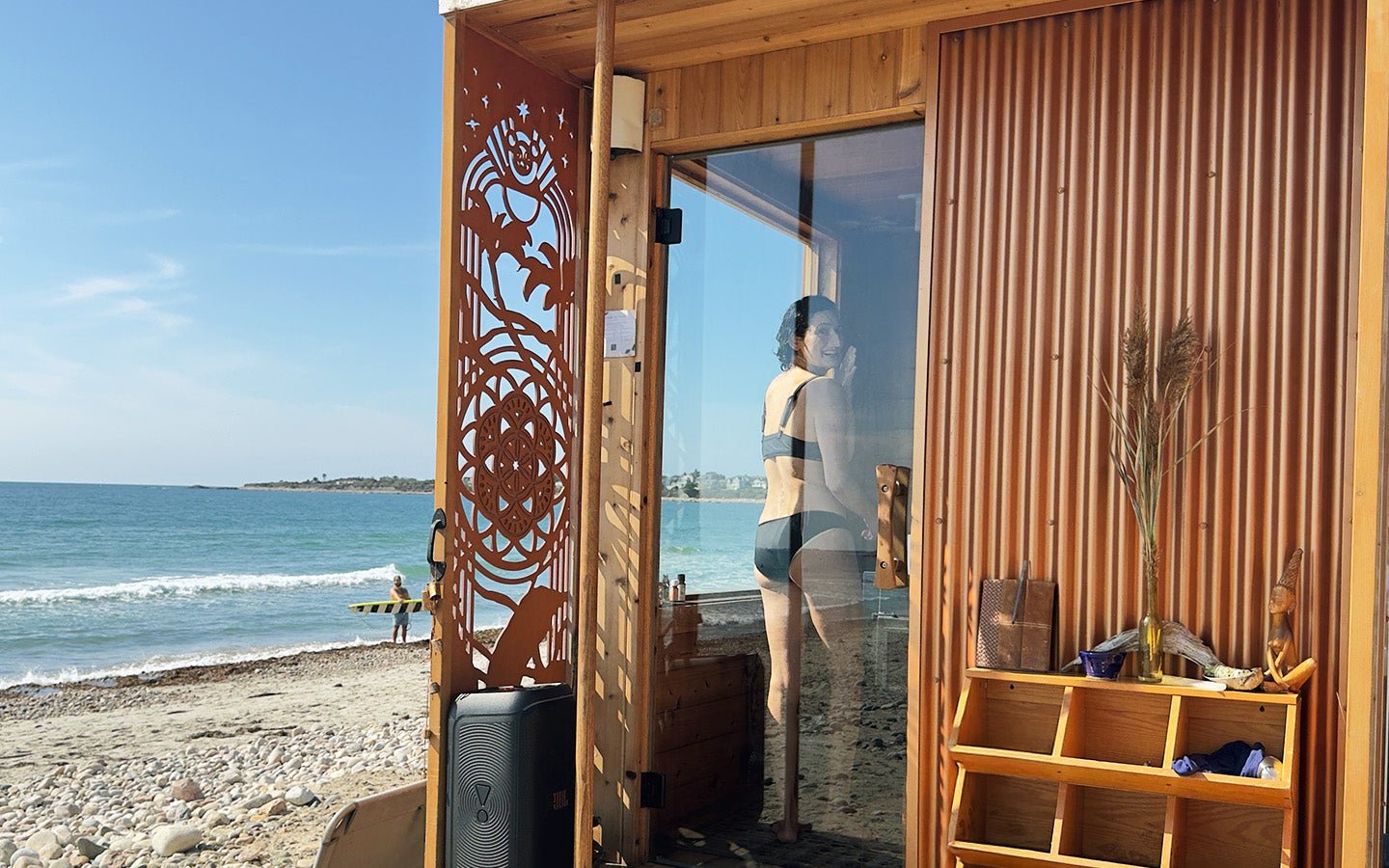
The Menopause Sleep Edit: Simple Rituals, Beautiful Results
This is the season to nourish your yin. As the light fades earlier and the air cools, nature invites us to lean into quiet, reflection, and replenishment. In Chinese medicine, yin is the restorative counterpart to yang’s summer exuberance. And in midlife—especially through perimenopause and menopause—your body asks for the same thing: more calm, cooling, anti-anxiety yin to balance inflammation, irritability, hot flashes, and those midnight wake-ups.
Here’s your permission slip: resting isn’t laziness; it’s necessary. It’s how you rebuild the reserves that carry you through the next day–clearer, kinder, more radiant.
Below is my evidence-informed “sleep edit” for this season of the year and this season of life–simple rituals that stack into beautiful results.
Why sleep gets trickier in perimenopause & menopause
Midlife is a hormonal remix. As estrogen and progesterone fluctuate and decline, your thermostat (hello, hot flashes and night sweats), mood, and circadian rhythms can wobble. That makes it easier to wake at 2:17 a.m. and harder to glide back to sleep. Add real life—work, caring for people you love, and the occasional 11 p.m. scroll—and of course sleep can feel slippery.
A quick truth check:
- Vasomotor symptoms (hot flashes/night sweats) are a leading sleep-disrupter in perimenopause and menopause.
- The risk of sleep-disordered breathing (including snoring and obstructive sleep apnea) rises after menopause—It’s a clue to check in with a clinician.
- Good news: Behavioral tools work, acupuncture can help some women (especially when hot flashes are part of the picture), and targeted lifestyle tweaks make a measurable difference.
My clinic note: When we cool the body, calm the nervous system, and keep a consistent rhythm, sleep almost always follows.
The Sleep Edit: Rituals that restore yin
1) Morning light as medicine
Step outside within 30–60 minutes of waking for 10–30 minutes of natural light (yes, even on cloudy days). Morning light anchors your circadian clock, helps the nighttime melatonin signal arrive on time, and makes falling asleep easier. Pair it with a brisk walk or gentle mobility.
Try it: Coffee in one hand, face to the sky. Bonus points for a few slow breaths while you’re out there.
2) Move your body (with a strength bias)
Regular movement improves sleep quality—and resistance training may be especially helpful in midlife. Aim for 2–3 sessions of strength work each week (bodyweight counts), plus most days of easy walking. Movement regulates temperature, tames anxiety, and builds metabolic resilience.
Try it: Two 20–30 minute strength sessions this week (legs + back one day; push + core another) and a daily 20 minute walk—rain or shine.
3) Caffeine & alcohol: timing is everything
Caffeine has a long tail. For most women, cut it by early afternoon (no later than 8–10 hours before bed). Alcohol may knock you out but fragments sleep and worsens night sweats. If it seems appropriate for you, try some of the new non-alcoholic alternatives. If you are drinking, keep drinks to earlier in the evening and pause them within three hours of bedtime.
Try it: Last latte by noon. If you drink, keep it to one, with dinner, and add a tall glass of water.
4) Cool the core, warm the feet
Your body sleeps best when core temperature drops. A warm bath or foot soak 60–120 minutes before bed dilates blood vessels at the skin, helping you cool down afterward. Then keep your bedroom on the cool side (anywhere from 57–67°F), or as low as you and your partner can handle. Use breathable layers, and consider a light pre-bed stretch.
Try it: Ten-minute Epsom-salt foot soak after dinner. Cozy socks afterwards. Thermostat down before lights out.
5) Calm the nervous system (the yin of the thing)
A jangled mind cannot drift. Build a simple wind‑down:
- Phone curfew: Screens off 60 minutes before bed (blue light and headlines can wait).
- Low light: Lamps, not overheads. Think “campfire” lighting.
- Breathing practice: Try 4–6 breathing (inhale 4, exhale 6) for 3–5 minutes, or a Yoga Nidra/NSDR audio.
- Pen & paper: If worries loop, jot them down—a “tomorrow list” quiets the mind.
Try it: Set a repeating “Dim & Decompress” alarm one hour before bed.
6) The CBT‑I essentials (behavioral sleep training)
Cognitive Behavioral Therapy for Insomnia is the gold standard, and you can start the basics tonight:
- Keep a consistent wake‑up time (even after a rough night). Rhythm over perfection.
- Stimulus control: Bed is for sleep and sex only. If you’re awake for ~20 minutes, get up, do something calm and dimly lit, then try again.
- Sleep window: Go to bed when you’re actually sleepy—not just because the clock says so.
- Reframe the story: “I’m safe. Resting is productive. My body knows how to sleep.”
Try it: Choose a wake time you can honor daily for the next two weeks. Protect it.
7) Acupuncture & East–West integration
Acupuncture can reduce hot flashes for many women and, for some, improve sleep quality—especially when night sweats are part of the picture. I target points that cool and anchor yin, calm the spirit (Shen), and support thermoregulation and mood. It pairs beautifully with the rituals above.
Try it: If night sweats or frequent waking are your headline symptoms, acupuncture is worth a trial of 6–8 sessions.
8) Gentle nutrition & smart supplements (optional)
Food first: a protein-forward dinner, minerals from leafy greens, and magnesium‑rich foods (pumpkin seeds, almonds, cacao) support sleep chemistry. If you’re curious about supplements:
- **Magnesium (glycinate or citrate):** Modest evidence suggests it can shorten sleep‑onset time, especially in older adults. Start low (100–200 mg) and discuss with your clinician if you have kidney disease or take medications.
- Glycine (3 g at bedtime): Small human trials suggest improved subjective sleep quality and next‑day calm; it may help by gently lowering core body temperature.
- Tart cherry juice: Small trials show increased melatonin and modest improvements in sleep; mind the sugar and try a small, unsweetened amount 1–2 hours before bed if it suits you.
Try it: Pick one option to test for 2–3 weeks, keep a simple sleep log, and adjust based on your results.
Your 7‑Night Menopause Sleep Reset
Night 1: Set your wake time. Do a 10‑minute evening tidy, lights low, phone away.
Night 2: Morning light + a 15‑minute walk. Ten‑minute foot soak after dinner. Breath practice at bedtime.
Night 3: Strength session today. Last caffeine by noon. Write a “tomorrow list” before lights out.
Night 4: Warm bath 90 minutes before bed. Bedroom cool and dark. Repeat slow breathing.
Night 5: Gentle yoga or stretch. If you wake at 2 a.m., get up for a few minutes (dim light), then return to bed when sleepy.
Night 6: Choose one supplement experiment (or skip). Keep the rituals.
Night 7: Reflect: What helped most? Keep the keepers and repeat next week.
When to ask for help
- Possible sleep apnea? Loud snoring, witnessed pauses in breathing, morning headaches, or daytime sleepiness = time to talk with your clinician about a sleep evaluation.
- Hot flashes stealing your nights? Discuss treatment options. Menopausal hormone therapy can improve sleep when vasomotor symptoms are the driver; effective nonhormonal options also exist. We’ll tailor a plan to your health history and preferences.
My promise: No moralizing about sleep. Just smart strategy and compassionate troubleshooting.
The yin of it all
Your body is wise. In winter and in midlife, she asks for deeper wells of yin–cool, quiet, and replenishing. Treat bedtime as an act of devotion to the woman you’re becoming. Because when you sleep well, you lead well.
If you’d like support personalizing this plan–or you’re curious whether acupuncture could help your night sweats–I’m here.
